Artefacts
Ideas given shape in ingenious ways by people across the world in order to solve problems big and small.
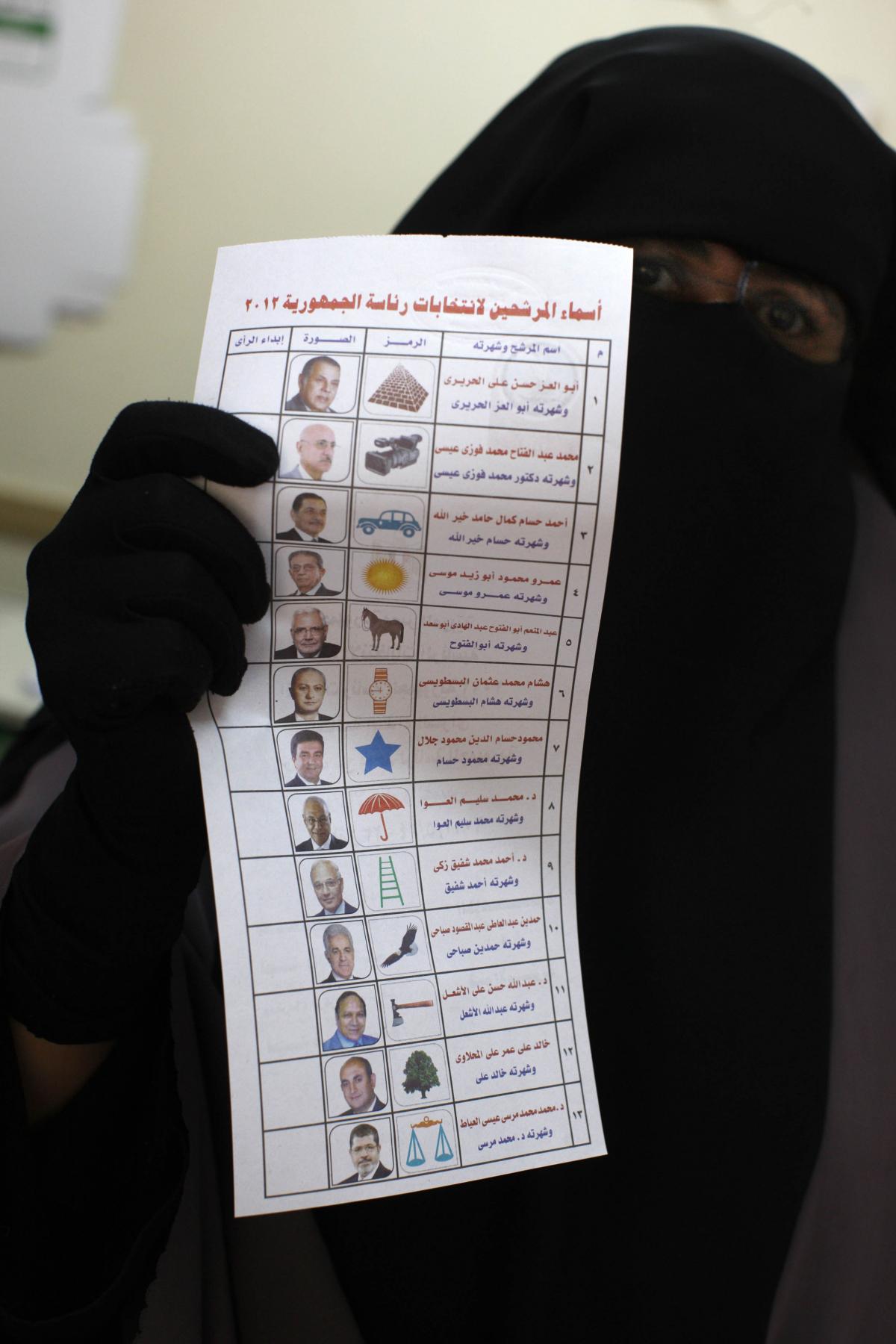
(Photo: Reporters/AP)
Your Votes, Please
Cairo, Egypt
In the aftermath of the 2011 revolution, the Egyptian interim government soon faced its first design challenge: how to ensure that all people, in a country with an illiteracy rate of 30%, would be able to cast their votes. Taking cues from India, where the concept was first conceived, the democracy-to-be introduced a pictorial language. Each aspiring representative was randomly allocated a visual symbol to use in their campaign—a sun, donkey, umbrella and lawn mower amongst others—allowing illiterate voters to identify the candidates on the voting ballot. Old structures of power were not so easily designed away, however. Newcomers on the political scene complained that symbols associated with the most positive meanings—the camel (strength and patience), the crescent (religious piety), and the date tree (bearing nutritious fruit), were given to associates of former president Hosni Mubarak.

(Photo: Reporters/AP)
Life Imitating Nature
Wenchuan County, China
At Wolong National Nature Reserve, Chinese scientists face the challenge of caring for a population of 150 giant pandas and reintroducing them into the wild to support this highly endangered species. The adult pandas have lost the skills needed to survive independently of humans, so the reserve staff focus their efforts on the newborn cubs. In order to teach the cubs real panda ways, any contact with their domesticated parents or humans has to be avoided. The scientists came up with a cunning plan: by dressing up as pandas, and mimicking natural panda behaviour, they hope to teach the cubs by example. Despite their best efforts, only two giant pandas have been successfully reintroduced to their natural habitat in the past 30 years.
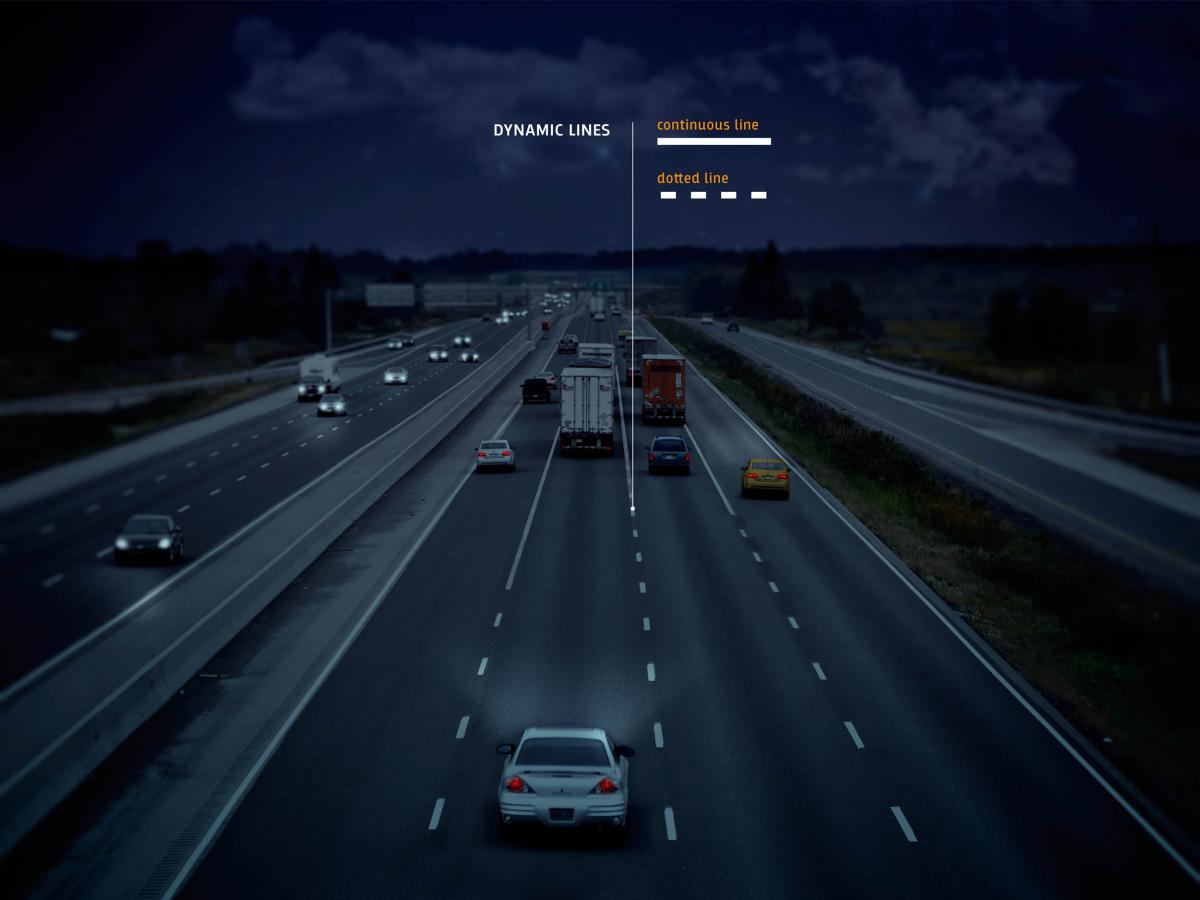
(Photo courtesy of Studio Roosegaarde)
Smart Highway
Waddinxveen, the Netherlands
When we think about sustainable automobile transportation, we usually think about the vehicle. But what if you redesign the road? Designer Daan Roosegaarde created Smart Highway: a more sustainable road-marking system using technology that is built straight into the tarmac. An interactive lighting system tracks cars, illuminating only the part of the road in use. Dynamic paint enables the dividing lines to change according to traffic situations. The highway can also display up-to-date information such as dangerous weather conditions and traffic jams. Using glow-in-the-dark technology that is charged during the day, the graphics are visible at night for up to ten hours. The Smart Highway is not just a futuristic dream: Roosegaarde teamed up with Heijmans Infrastructure to begin implementation on selected Dutch highways in the summer of 2013.
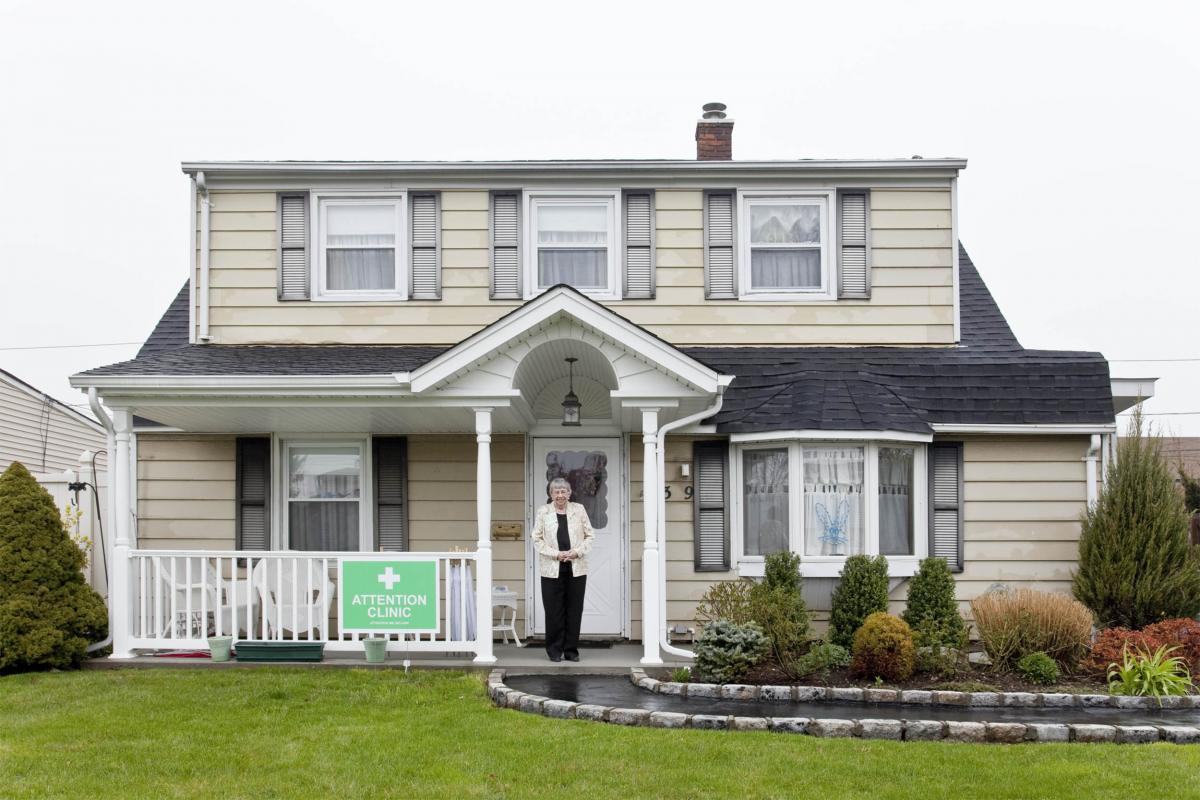
(Photo courtesy of DroogLab)
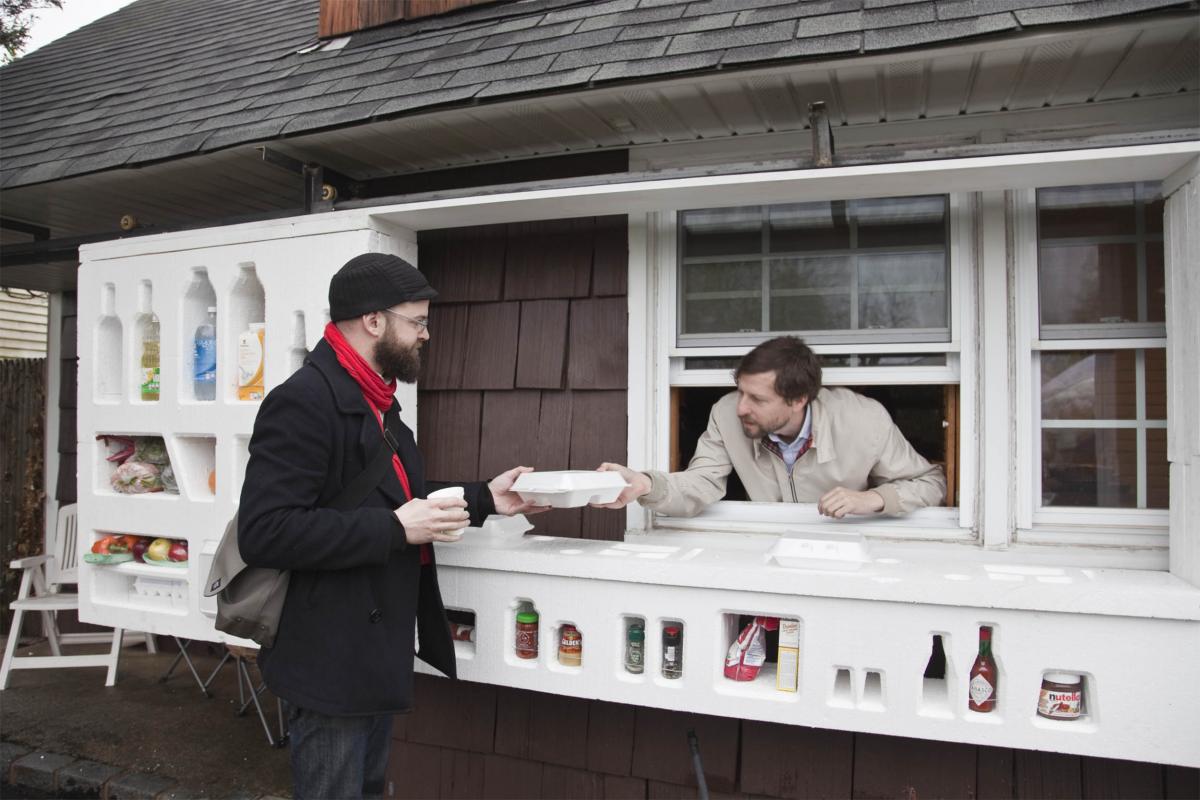
(Photo courtesy of DroogLab)
Open House
Levittown, NY, United States
True to their original purpose as sleeper-towns, many US suburbs have become economic deserts, and most of their inhabitants commute to work in nearby cities. The economic crisis has struck these middle-class neighbourhoods hard, and people are struggling to supplement their income. ‘Open House’, a concept by design studios DroogDesign and Diller Scofidio + Renfro, is an experiment in small-scale economic activity. A dozen homeowners in Levittown were paired with designers to discover services that they could provide in their own homes. The results varied from serious scenarios such as a home-made dinner takeaway and an after-hours school for adults, to tongue-in-cheek initiatives such as an attention clinic where you can find the listening ears of an elderly couple, or a vacation try-out store where you can practice your upcoming holiday. During a one-day Open House, homeowners raised a total of US$2,500.
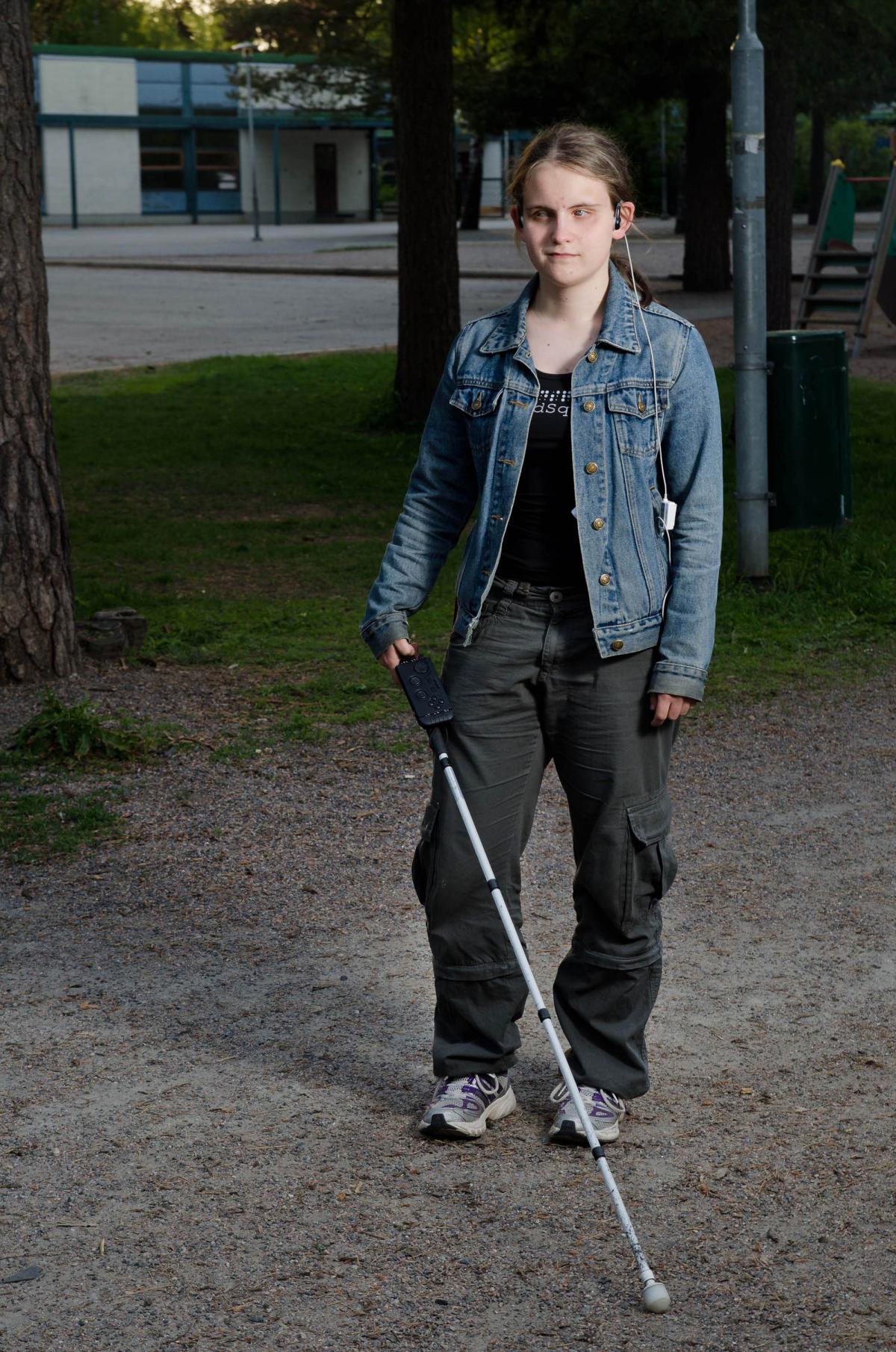
(Photo: Viljami Pirttimaa)
BlindSquare
Helsinki, Finland
The ubiquitous digital traces we leave throughout our cities can now be put to good use. The new smartphone app BlindSquare, developed in Helsinki, uses GPS, online maps and the recommendations of social media users to guide the visually impaired. Users can get directions through voice feedback based on their exact location, and can also save locations for future use—handy if you want to find that great grocery store again, or the house of a new friend. In addition to these functions, the app offers users extra features such as location-based recommendations: when walking down the street, users can receive tips on great cafés, social events or businesses they pass along their way. BlindSquare pulls this information from reviews on the popular app Foursquare, opening up a whole new world previously invisible to its users and therefore beyond their reach.
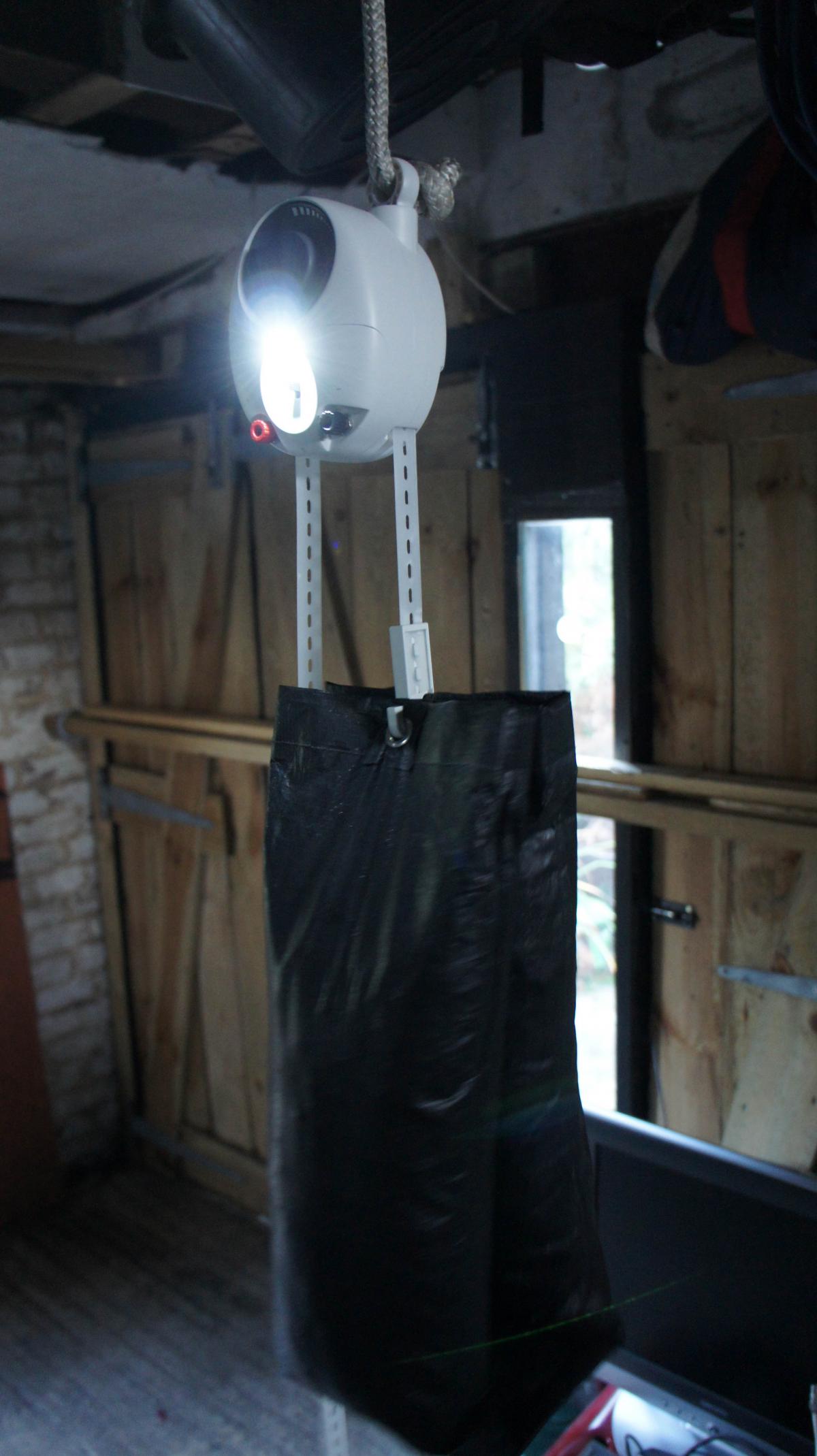
(Photo courtesy of Deciwatt)
Lighting the Way
London, United Kingdom
Over 1.5 billion people on the planet have no reliable access to electricity. They rely on biomass fuels for lighting the long, dark evenings. The expense and health risks pose a severe limit to their opportunities for study and home employment. Designers have been trying to develop cheap, sustainable lighting for a long time, but perhaps Martin Riddiford and Jim Reeves have come up with the best solution to date. Their GravityLight cleverly uses a dynamo that is charged by a pulley system. Attaching a weight to the lamp and pulling the strap takes only three seconds and can provide up to 30 minutes of light as the weight descends, driving the dynamo. GravityLight is currently in testing, and its backers aim to create a mass-produced version to be distributed by NGOs and governments at a cost of US$5 per lamp.
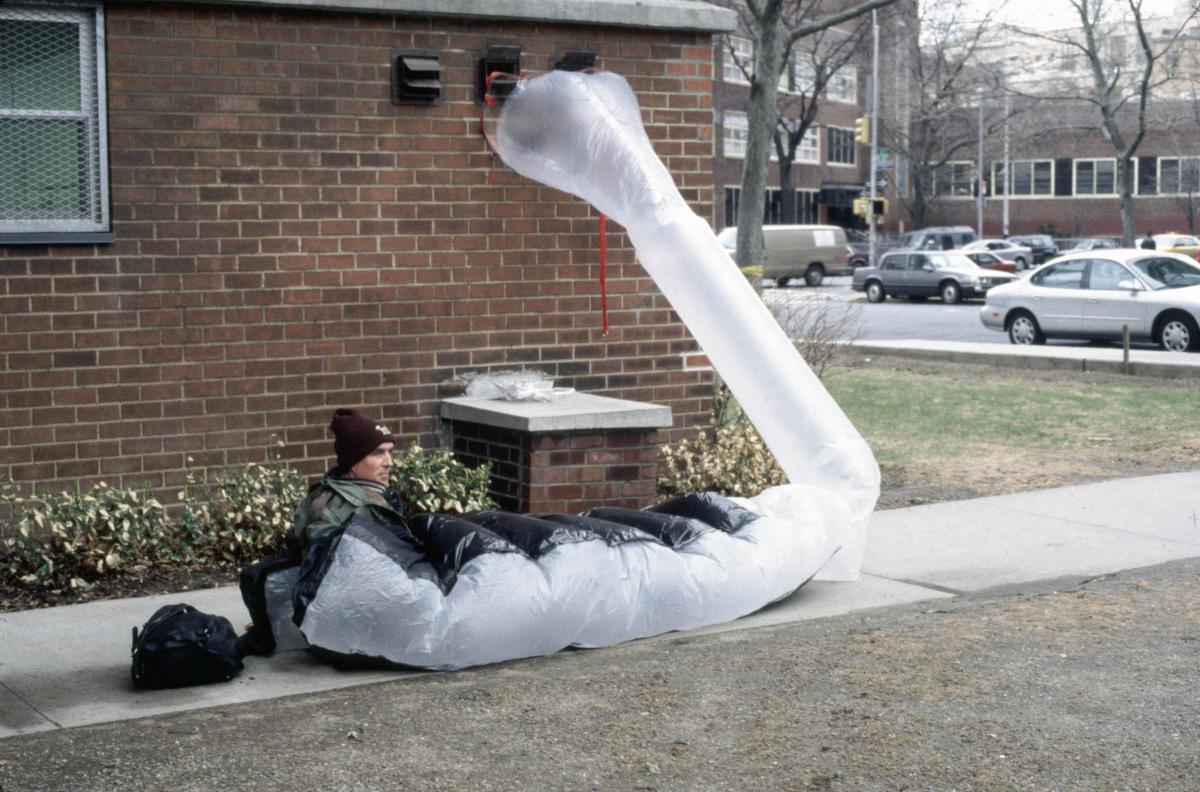
(Photo courtesy of Michael Rakowitz and Lombard Freid Gallery)
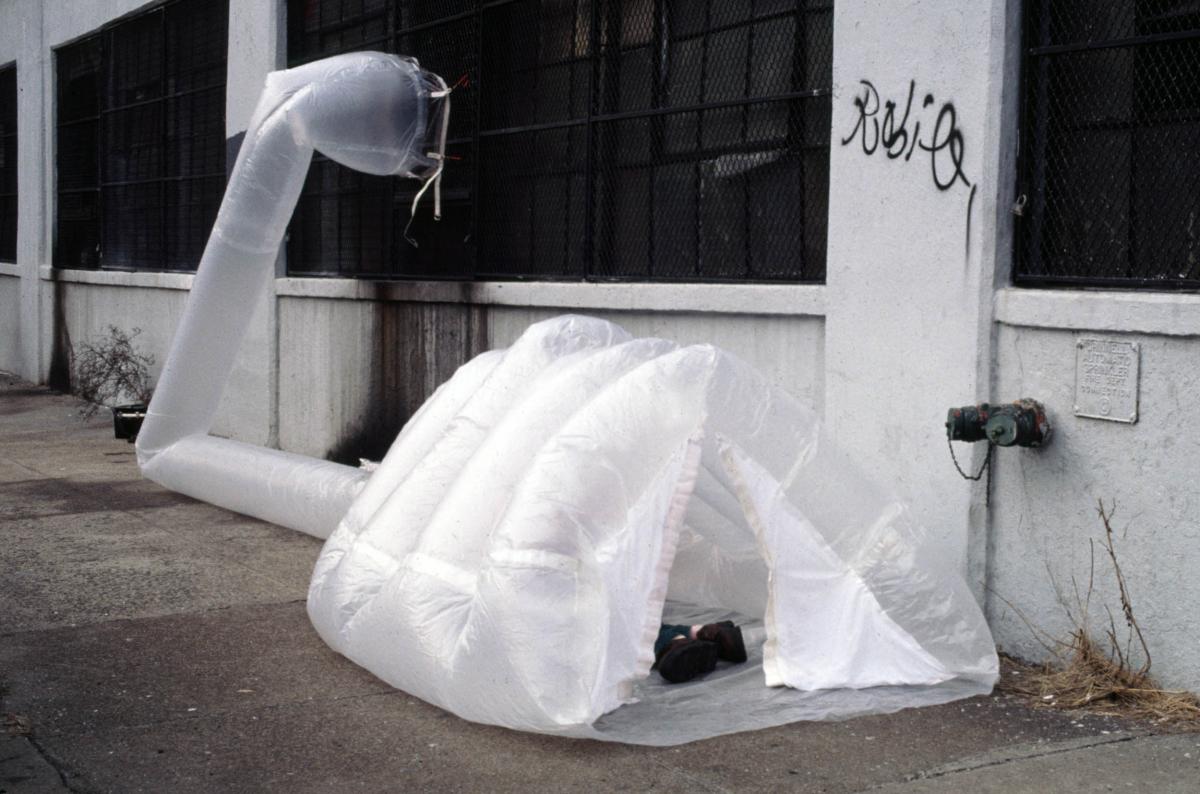
(Photo courtesy of Michael Rakowitz and Lombard Freid Gallery)
ParaSITEs
New York City, United States
The warm steam clouds spilling from buildings’ air vents onto the streets on cold winter days are one of the signature features of New York City. MIT graduate and conceptual artist Michael Rakowitz realised the vents’—literally—untapped potential for the homeless. Using five dollar’ worth of trash bags, ziplock bags and clear waterproof packing tape, he created custom-made ‘ParaSITE’ shelters that provide homeless people with a cheap, warm place to sleep. Each shelter is made to the specific demands of the future inhabitant. One science fiction fan requested a shape reminiscent of Jabba the Hutt; a couple requested two separate sitting areas connected by a ‘love tunnel’; another just wanted a cocoon to roll up in. Each ParaSITE features more or fewer windows, depending on the inhabitants’ feelings regarding privacy or their desire to have a view. The ziplock bags in the walls can be used to store or display personal belongings.

